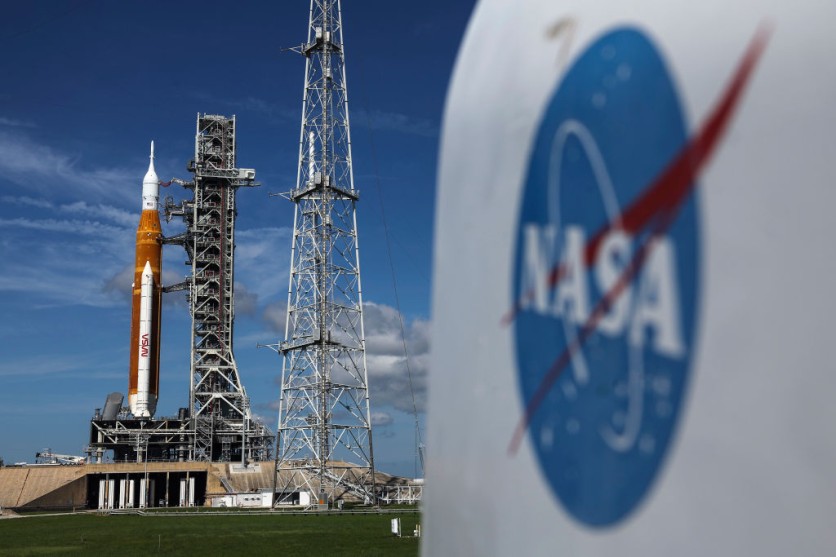NASA will have to further postpone the launch date of Artemis 1's moon rocket for at least another four days.
The space agency initially announced that the launch would occur on Sept. 23 at the earliest and on Sept. 27 for backup. But the latter will now be the earliest launch date, and Oct. 3 will serve as the backup.

Delayed Launch Date
The highly anticipated Artemis 1 launch will employ a Space Launch System (SLS) megarocket to propel an Orion capsule on an unmanned test flight to lunar orbit.
On Aug. 29, NASA attempted to launch the mission but was unsuccessful due to an unusual temperature reading in one of the first-stage RS-25 engines of the SLS.
The mission crew quickly determined that the problem was a defective temperature sensor and prepared the SLS and Orion for a second attempt on Sept. 3. Unfortunately, a leak in the liquid hydrogen propellant also prevented that launch.
NASA officials stated in the update that the Artemis 1 team completed additional repairs to the problem over the weekend after replacing two seals around the quick disconnect last week.
The space agency is currently preparing for an SLS fueling test, during which supercold propellant will be pumped into the SLS to demonstrate that the leak has been repaired.
The revised dates take into account several logistical issues, including the added benefit of having more time to get ready for the cryogenic demonstration test and, consequently, more time to get ready for the launch.
The dates also enable managers to restock cryogenic propellant supply and make sure teams get enough sleep, according to NASA.
Sustained Human Presence on the Moon
The Space Launch System, a 32-story rocket topped by the Orion spacecraft, will debut with the launch of Artemis 1. The lunar surface will be 62 miles away from the spaceship when it deploys miniature spacecraft for lunar and extraterrestrial exploration.
This also marks the space agency's first lunar landing in 50 years.
The NASA Artemis program seeks to establish a sustained human presence on and around the Moon by the end of the 2020s. Artemis 1 will serve as the program's inaugural mission.
The program has cost about $40 billion since it began in 2017. NASA's major goal will be to establish a sustained presence on the Moon with a space station and a lunar base camp as part of a larger push to prioritize human space flight.
Related Article : NASA's Artemis 1 Moon Mission Will Be Flying With Strange Passengers - Dummies and MORE!
This article is owned by Tech Times
Written by Joaquin Victor Tacla
ⓒ 2025 TECHTIMES.com All rights reserved. Do not reproduce without permission.




